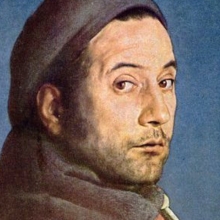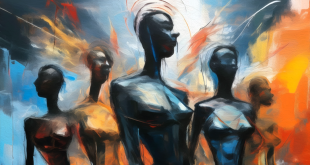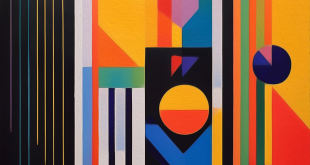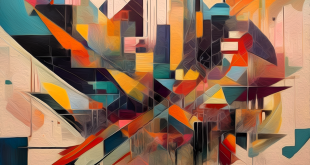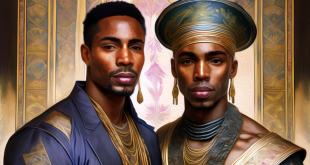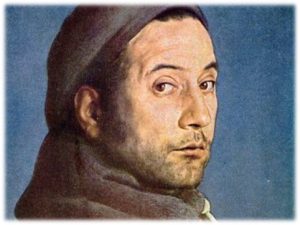
Pietro Annigoni, the approach to portraits that maintains a link between past and present
Meeting Benches is a virtual meeting place, where art and humanity merge in a creative embrace. Created by artist Dastilige Nevante, Meeting Benches is a work of art in itself, an iconic symbol of non-violence where creativity knows no bounds, and artists, thinkers and dreamers share their visions. By visiting the website, you will discover imaginary benches that invite you to sit and immerse yourself in art to share art, stories and thoughts. In the south of France, for example, where nature and brightness have influenced works of extraordinary depth, Meeting Benches reveals the beauty of places that inspired great painters of the past. At Villa Bardini, in Florence, instead, you can admire works by artist Pietro Annigoni, digitally interpreted by Dastilige Nevante.
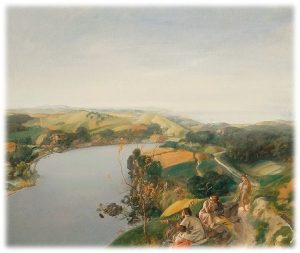
His works often feature a realistic rendering of light, creating an effect of depth and three-dimensionality. Pietro Annigoni, nicknamed by the press of his time “the painter of queens”, was a painter well known for his ability to portray not only the faces, but also the souls of his subjects. Faithful to Realism throughout his career, Annigoni used ancient painting techniques, such as tempera grasse. Among his most famous portraits, there are those of Queen Elizabeth II, Pope John XXIII, John Fitzgerald Kennedy and many others. An artist of great talent, whose legacy continues to influence the world of art. However, despite his fame as “painter of queens“, he also portrayed fewer famous people, faithfully describing both their external appearance and their interior.
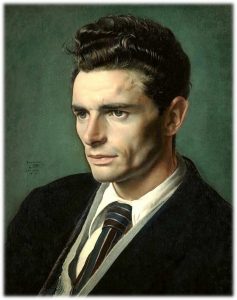
His balance between innovation and respect for history, inspired other artists to explore new paths without completely abandoning their artistic roots. Pietro Annigoni drew inspiration for his art from several sources. First, he admired the great masters of the Italian Renaissance, such as Leonardo da Vinci, Michelangelo, and Raphael. He carefully studied their works and techniques, trying to capture the same mastery in his work. Furthermore, Annigoni was fascinated by human beauty and the depth of the soul. He loved to portray ordinary people, with their wrinkles, expressions, and authentic emotions. This interest in humanity is reflected in his portraits, which go beyond the external appearance and seek to reveal the true essence of the subjects. Finally, Annigoni’s passion for nature and light played an important role in his art. In short, his inspiration came from artistic tradition, humanity, and the beauty of the world around him.

The use of red chalk on paper or canvas, in the approach to the rendering of the truth, formalized his original technique that synthesized tradition and contemporaneity. Pietro Annigoni, one of the greatest Italian artists of the twentieth century, has left a significant mark on contemporary art. His painting, characterized by a severe and intelligent approach, made him famous for realistic portraits in which he did not limit himself to capturing the external appearance of the subjects, but also their souls. This approach inspired many contemporary artists to explore emotional depth in their portraits. Annigoni used the sanguine technique, which consists of using red chalk on paper or canvas. This technique influenced other artists in their approach to rendering the truth and the search for a synthesis between tradition and contemporaneity.
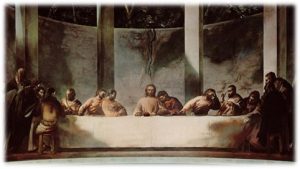
With his rejection of Abstractionism, he did not follow the avant-garde thrusts of his contemporaries, but remained faithful to his artistic vision. Pietro Annigoni did not follow the avant-garde tendencies of his contemporaries, but remained faithful to his artistic vision. This attitude of resistance to abstraction had an impact on the art scene of the time. Annigoni, in fact, tried to combine the great artistic tradition of the past with contemporary art. This balance between innovation and respect for history inspired other artists to explore new paths without completely abandoning their artistic roots. In short, Pietro Annigoni influenced contemporary art through his technique, his approach to portraits and his ability to maintain a link between past and present.
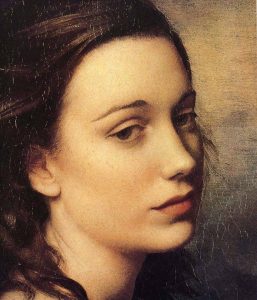
He tried to combine the great artistic tradition of the past with contemporary art. Pietro Annigoni has created many works of great importance. Among the most famous is the “Portrait of Queen Elizabeth II**, created in 1955, when he received the commission to portray Queen Elizabeth II of the United Kingdom. This portrait became internationally known and also appeared on stamps and banknotes of Mauritius. From 1967 until his death, Annigoni worked on a pictorial cycle, with frescoes of great impact, in the Church of San Michele Arcangelo, in Ponte Buggianese. Annigoni decorated the Abbey of Montecassino with episodes from the life of San Benedetto and created frescoes in other churches, such as that of San Martino in Castagno d’Andrea. In 2008 the “Museo Pietro Annigoni” was opened in Villa Bardini in Florence, where it is possible to admire further works by the artist.
 Meeting Benches World art in all forms
Meeting Benches World art in all forms












